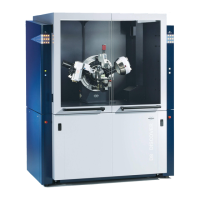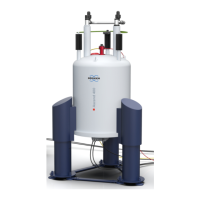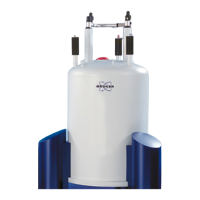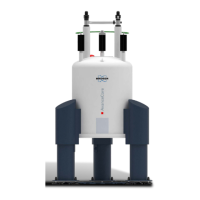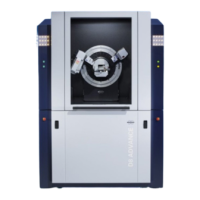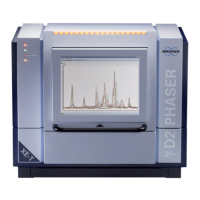Safety
H171804E_14_001 7 / 86
2 Safety
In terms of safety the presence of a relatively strong magnet is what differentiates NMR
spectrometers from most other laboratory equipment. When designing an NMR laboratory, or
training personnel who will work in or around the laboratory, no other feature is of greater
significance. As long as correct procedures are adhered to, working in the vicinity of
superconducting magnets is completely safe and has no known harmful medical side effects.
Negligence however can result in serious accidents.
The magnet is potentially hazardous due to:
• The large attractive force it exerts on ferromagnetic objects.
• The large content of liquid nitrogen and helium.
2.1 Magnetic Safety
A magnetic field surrounds the magnet in all directions. This field (known as the stray field) is
invisible and supervisors should have posted warning signs at appropriate locations. Objects
made of ferromagnetic materials, e.g. iron, steel etc. will be attracted to the magnet. If a
ferromagnetic object is brought too close, it may suddenly be drawn into the magnet with
surprising force. This may damage the magnet, or cause personal injury to anyone in the
way!
It is important that people working in the vicinity of the magnet fully understand the potential
hazards. Of critical importance is that people fitted with cardiac pacemakers or metallic
implants should never be allowed near the magnet.
Because the strength of the stray field drops significantly as one moves away from the
magnet, it is important to discuss worksite safety around magnets with your supervisor.
2.1.1 Cryogenic Safety
The magnet contains relatively large quantities of liquid helium and nitrogen. These liquids,
referred to as cryogens, serve to keep the magnet core at a very low temperature.
Because of the very low temperatures involved, gloves, a long sleeved shirt or lab coat
and safety goggles should always be worn when handling cryogens. Direct contact with
these liquids can cause frostbite. The system manager should regularly check and make sure
that evaporating gases are free to escape from the magnet, i.e. the release valves must not
be blocked. Do not attempt to refill the magnet with helium or nitrogen unless you have been
trained in the correct procedure.
Helium and nitrogen are non-toxic gases. However, because of a possible magnet quench,
whereupon the room may suddenly fill with evaporated gases, adequate ventilation must
always be provided.
2.2 Electrical Safety
The spectrometer hardware is no more or less hazardous than any typical electronic or
pneumatic hardware and should be treated accordingly. Do not remove any of the protective
panels from the various units. They are fitted to protect you and should only be opened by
qualified service personnel. The main panel at the rear of the console is designed to be
removed using two quick release screws, but again, this should only be done by trained
personnel. Please note that, unless disconnected, cooling fans on the rear panel will continue
to run even with the panel removed.
